Surprisingly, this beautiful pink flower is actually a useful herb and a useful plant to know for wild foraging. Wildcrafting Fireweed for Herbal Remedies is necessary, because fireweed is challenging to grow in a normal garden plot. It needs wild and disturbed ground, like that available after a fire, where it will blossom for several years before giving out to other native species, until the next time it can flourish.
Fireweed (Chamaenerion angustifolium; Epilobium angustifolium) is an easily recognizable native plant with tall flowering stalks that colonize areas along the side of the highway. It blooms in July and August making a prominent display of deep pink to purple flowers, colonizing disturbed areas. It is an important food for bears, moose, elk, and deer, as well as pollinating insects and hummingbirds.
What is fireweed?
Fireweed is a perennial member of the evening primrose family. It is also known as, willowherb, Rosebay willowherb, great willowherb, fireweed, Canadian willowherb™, and Koporye tea. It has two botanical names although they appear to be the same species with the same herbal profile. It is known as Chamaenerion angustifolium in Europe or Epilobium angustifolium elsewhere. Other plants go by the name of “fireweed” so verify your plants with at least 3 sources including a regional botanical field guide, before harvesting.
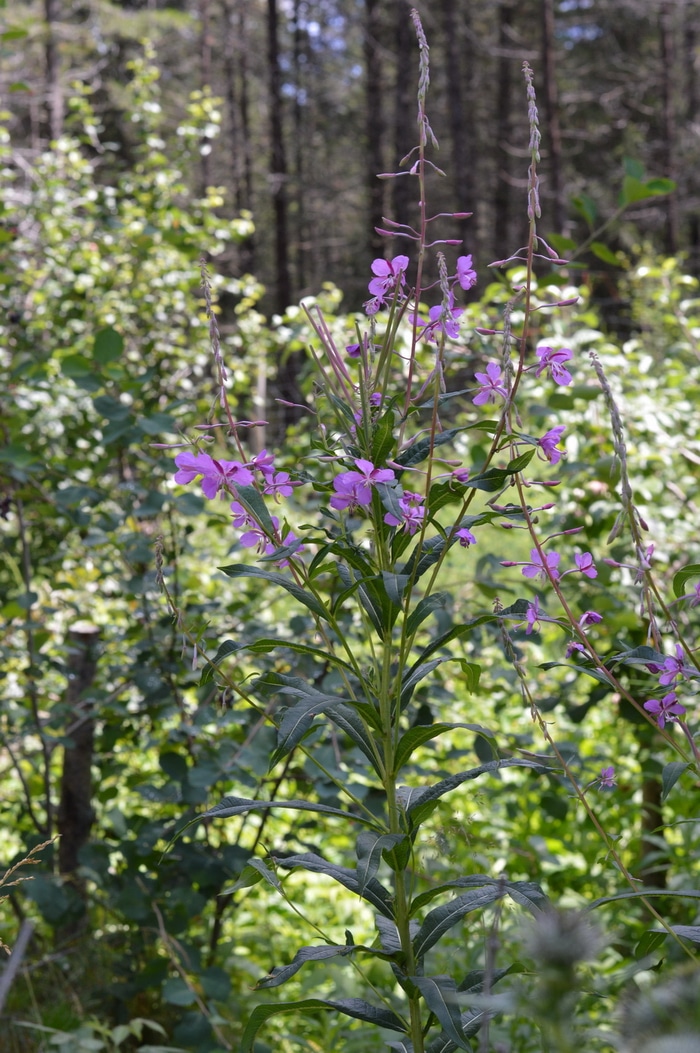
It grows up to 8 feet in height. It reproduces by seed and by underground runners. You’ll find it in disturbed sites, after forest fires, and in logged clearings. It also colonizes permaculture forest gardens.
Fireweed is the first colonizer plant that restores the soil and prepares the forest for regeneration. It grows throughout the Northern Hemisphere in zones 2 to 7 (USDA). In North America, it is native in the west from California to Alaska, and in the east as far south as North Carolina and Tennessee.
The flowers are rose to purple and fragrant. The lance-shaped leaves are alternate, up the stalk with lower leaves being longer than the leaves near the top. The entire plant is edible, with the spring shoots being compared to asparagus. The leaf, stalk, root, and flower are used in herbal remedies.
Economic importance of fireweed
Fireweed flowers are attractive to both bees and hummingbirds. Fireweed honey is a coveted product of the northern beekeeper. Recently in Canada extracts of the plant are being used for skincare and help with serious skin problems like rosella. Before the industrial revolution fireweed tea, or Ivan chai was a prime export from Russia to Europe, Britain, and the Americas. Ivan chai culture is being revived in Russia today, and the tea is available in small amounts at specialty tea distributors.
Fireweed has been used safely as a tonic tea for hundreds of years in Siberia, Russia, and throughout Europe, both as a dried green leaf and as a fermented black tea beverage. It is listed in the European pharmacopeia as a traditional treatment for prostate problems. It is considered safe through centuries of traditional use.
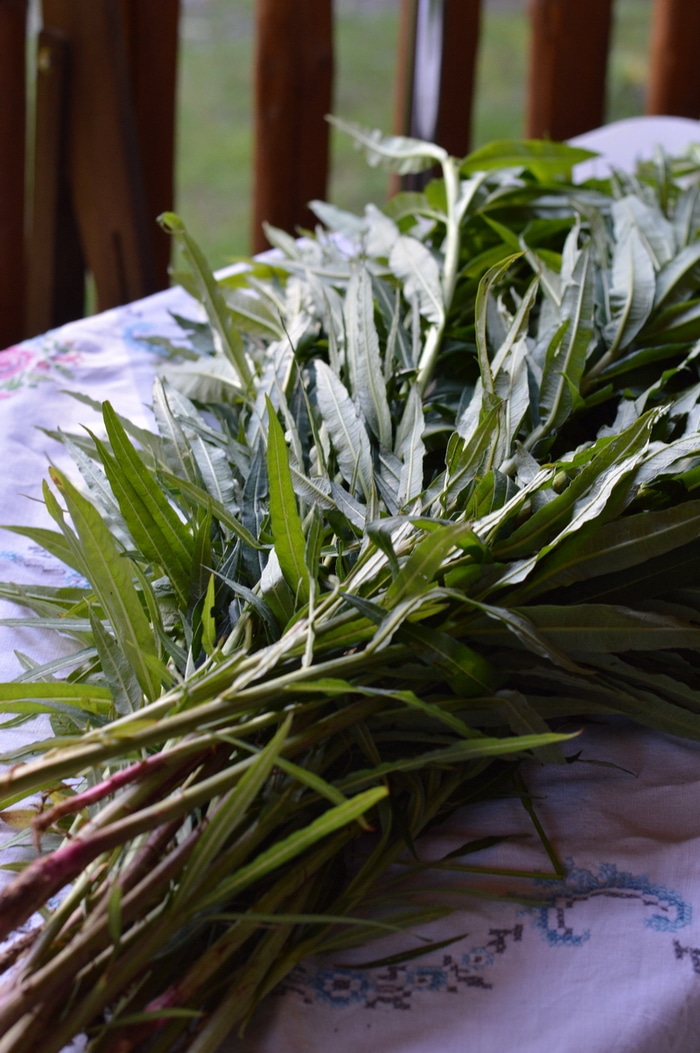
Fireweed benefits:
Fireweed is loaded with tonic benefits for the entire body, especially for men. The antioxidants in fireweed benefit the digestive system, the urinary system, the circulatory system and the heart, the brain, the endocrine system, the immune system, the lungs, and the skin. It is both tonic and nutritive.
Herbal energetics: The leaf is cooling and drying and therefore soothing to hot, damp conditions.
Herbal actions: Demulcent, tonic, antispasmodic, anti-tumour, astringent, anti-diarrhea, soothes cough, anti-inflammatory, antiviral, antibacterial, antifungal, analgesic, neuro-protective, alterative, emollient,
Antibacterial against: Fireweed has proven antibacterial actions against Pseudomonas pyocyanea, Candida albicans, Staphylococcus Albus and Staphylococcus aureus, Bacillus subtilis, Escherichia coli, Mycobacterium smegmatis, Shigella flexneri, Shigella sonnei.

Constituents of fireweed
Fireweed leaves contain antioxidants like myricetin, quercetins, kaempferol, caffeic acid, cinnamic acid, catechins, chlorogenic acid, and palmitate acid, as well as tannins. The leaves are a good source of vitamins A, C, riboflavin, calcium, potassium, manganese, and iron. The leaves contain more vitamin C than citrus fruit and rose hips. Fireweed leaves growing in northern areas contain higher amounts of vitamin C than fireweed growing in warmer areas.
It is also useful for whooping cough, cold, laryngitis and against diarrhea that accompanies typhoid and cholera infections. Fireweed is traditionally used for bladder and kidney disorders.
The leaves and flowers are useful for soothing skin problems, ranging from psoriasis to eczema, acne, skin rashes, ulcers, burns, and wounds. The leaves and flowers can be macerated in oil and a salve or ointment made from the infused oil.
Fireweed flowers can be infused and gargled for sore throat, pharyngitis, and laryngitis, and combined with the leaf for insomnia, and relief of headaches caused by nervousness and tension, as well as relief of migraines.
It has been used traditionally for benign prostatic hyperplasia (BPH) and has been found to inhibit cell proliferation.
Fireweed contains no caffeine and is not addictive.
Due to the widespread traditional medicinal use, the safety of this beneficial plant is assumed.
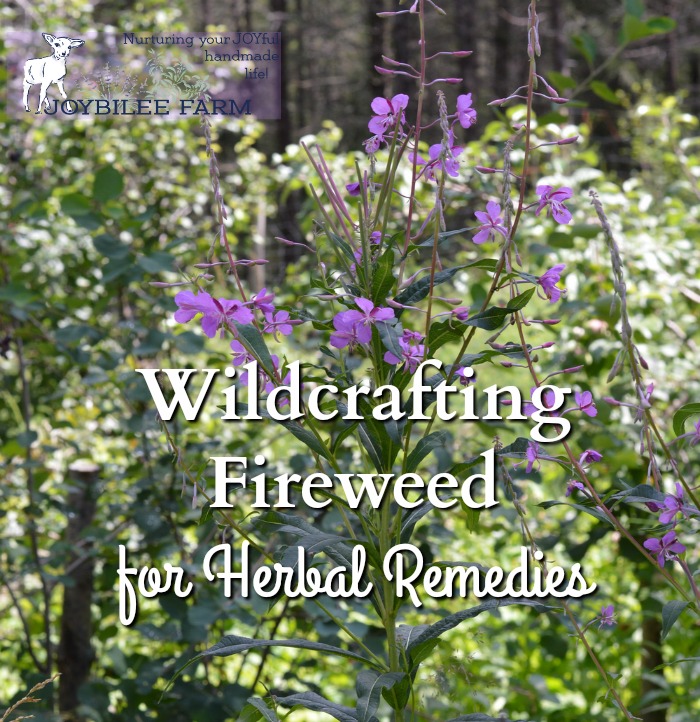
When to harvest fireweed
- Harvest the early spring shoots when they are just 6 to 12 inches high as a potherb, in May. Treat it like young asparagus.
- The leaves can be harvested from the still-growing stalk as soon as they unfurl, until after flowering. Avoid the seeds when harvesting leaves.
- The mature stalk contains lingon that can be used as cordage, during and after flowering.
- The fragrant flowers contain nectar and can be harvested as they open.
- The roots may be harvested in the fall.
A tasty and tonic fermented tea can be made from the leaves traditionally. (See this post for step-by-step instructions to make Fireweed Tea). It is called Ivan Chai in Russia. It comes with many supported health benefits. Although it is rare and dear in commerce it is easy to make your own from local plants. See the instructions here.
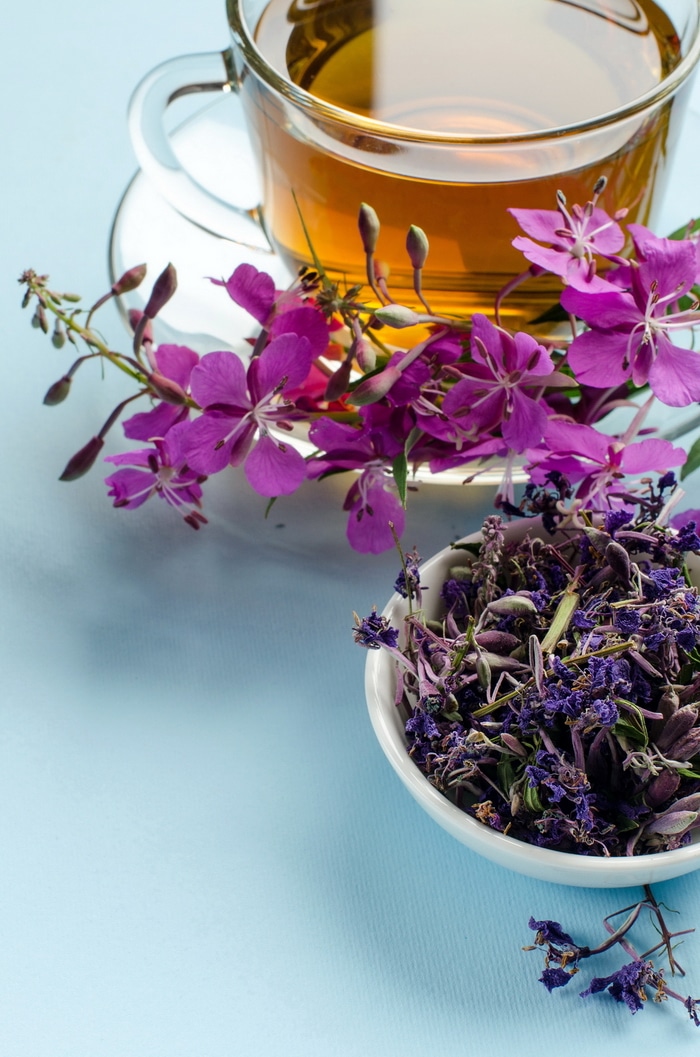
Fireweed is an easy to recognize native plant in most of the temperate regions of North America that have significant tonic and health benefits, especially for men. The whole plant is edible and nutritive. Get to know Fireweed (Chamaenerion angustifolium; Epilobium angustifolium). Just as this generous plant helps rebuild the forest ecosystem it can help us rebuild our lives after an upheaval, too.
Learn more about using herbs for health and wellness from my Book

Homegrown Healing From Seed to Apothecary
My book Homegrown Healing From Seed to Apothecary will help you grow healing herbs in your own garden. Focusing on the easiest plants for beginners to grow, Homegrown Healing From Seed to Apothecary covers 30 plants, recommended by professional herbalists, that can be grown in the temperate zone. Initial garden preparation, garden design and harvesting tips lead the novice herbalist into early success. Choose which herbs to grow, learn how to use these herbs for your family’s health and wellness using the guidance in my book. You can find out more about this useful guide to growing more herbs and using them strategically here.


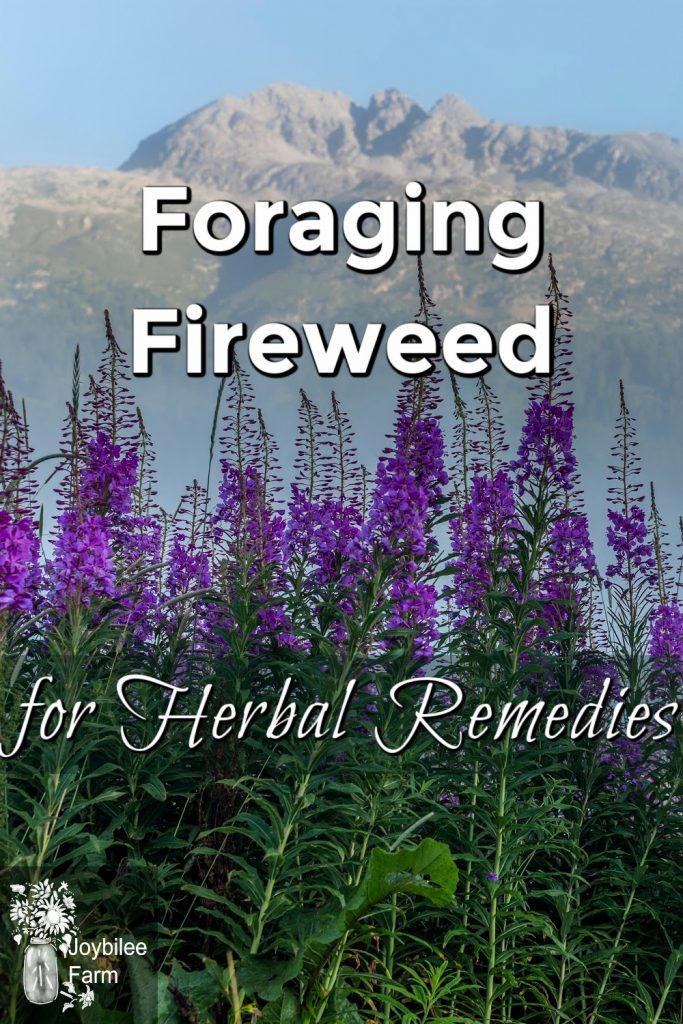


Are there different varieties of fire weed? There is a plant in my dads yard that the INatural app suggests is fire weed but the pics of “fireweed” flowers iv seen dont look like the plant in his yard. There is one called “Jagged Fireweed it looks similar too but i dont know if its all in the same family.
The flower buds also resemble the common “Groundsel”. I havent seen the flower yet but will ask about it or try to look myself. I did take a few pics of the plant tho.
It is good to know, thanks.
Can the flowers be dried then be smoked?